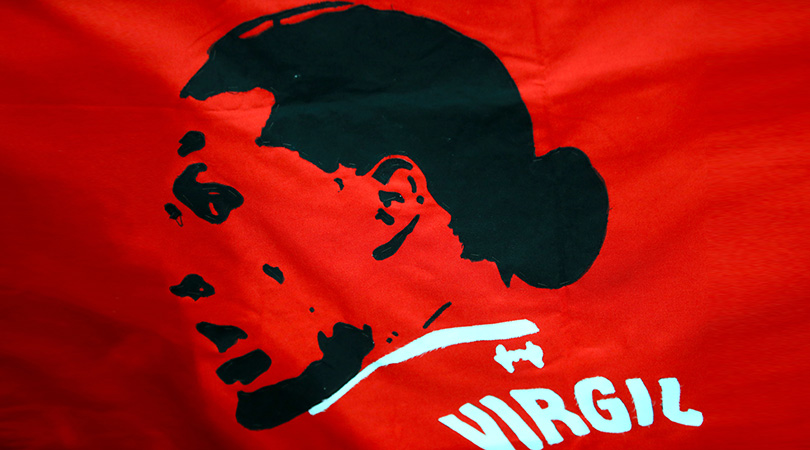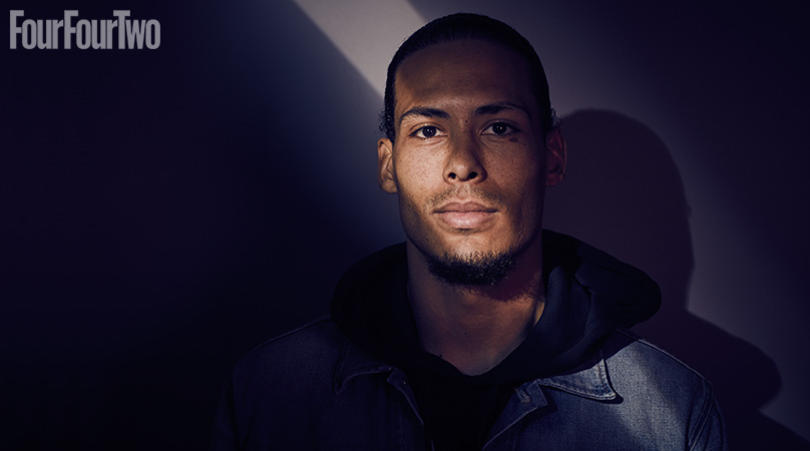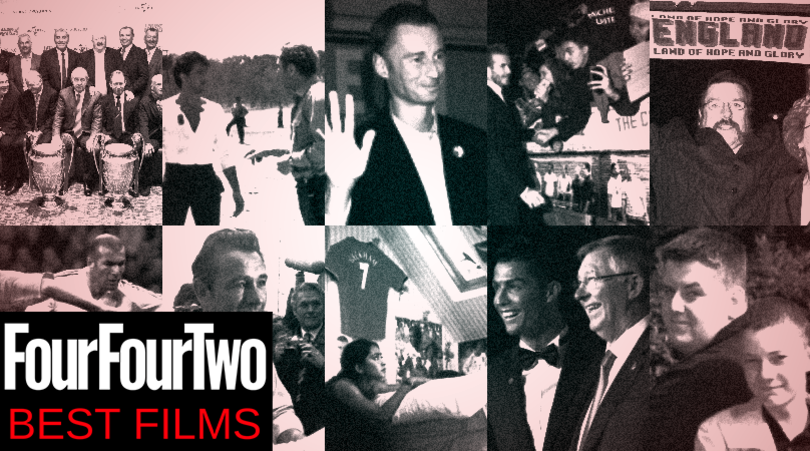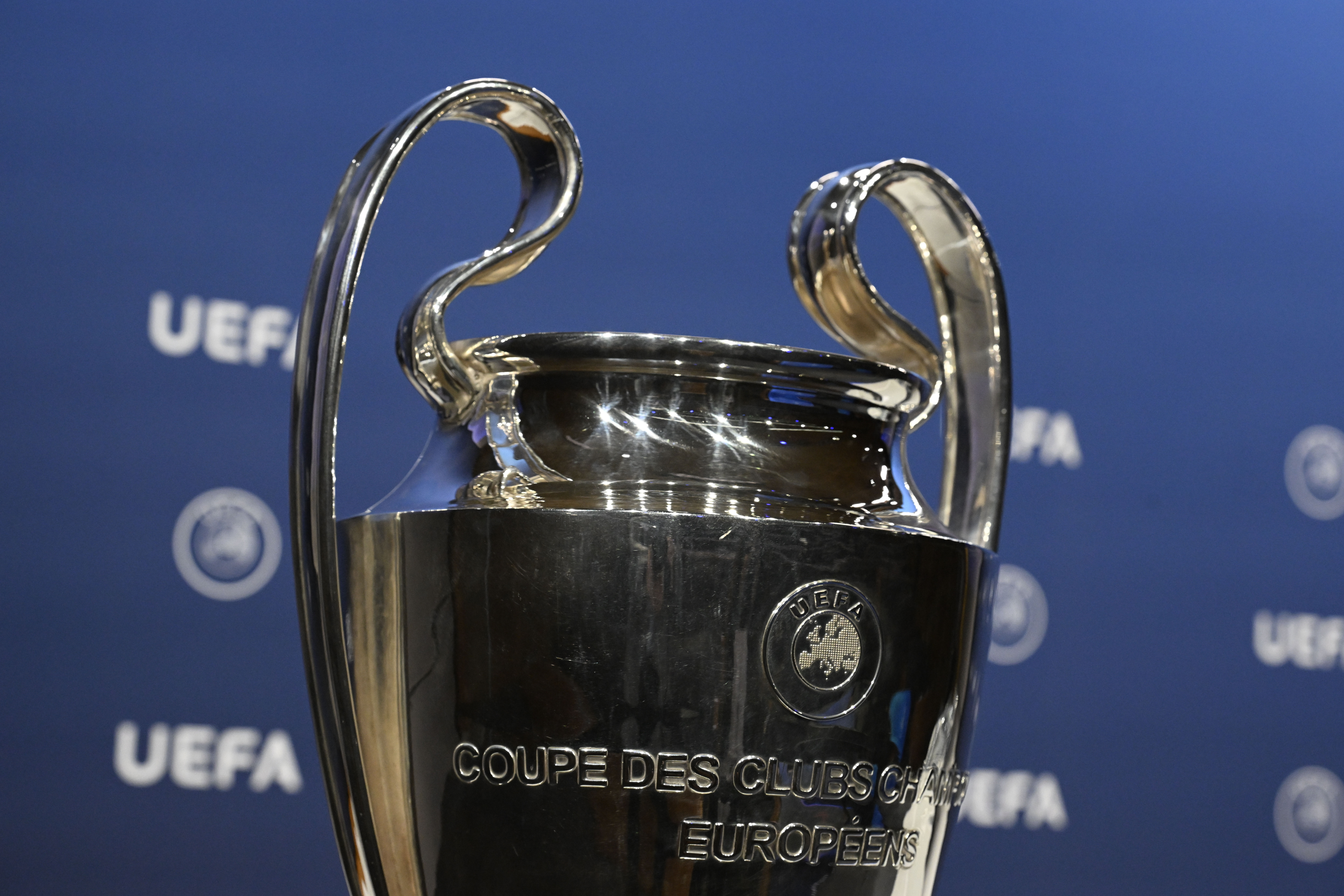Why Virgil van Dijk deserves to beat Messi and Ronaldo to football's big awards in 2019
It’s rare to see defenders win individual prizes over attackers – but the Liverpool centre-back has recently scooped two. Is this the sign of a shifting tide?

“I’ve been a defender since I was very young. I love it when good strikers don’t score against me. Preventing goals, that’s my passion.”
In his own words, Virgil van Dijk’s job description is basic: keep the ball out of his own net. Fortunately for the 28-year-old, his club and his country, he’s very good at doing just that. In fact, Van Dijk is the best pure defender in world football, and deserves to be the first defender to collect his sport's top individual prize since Fabio Cannavaro won the Ballon d’or in 2006.
After a campaign in which Liverpool won the Champions League, Van Dijk has already sealed two major individual honours: for his efforts in 2018/19, the Dutchman was named PFA Players' Player of the Year and UEFA Men’s Player of the Year. He’s also shortlisted, along with Cristiano Ronaldo and Lionel, for The Best FIFA Men’s Player award, and is considered a favourite to win the Ballon d’Or.
These are just rewards for a player who made a world-record £75 million move to Liverpool in 2018 and vindicated the outlay. There were no hesitations from Anfield when the Reds made Van Dijk the most expensive defender in football history.
So convinced were Jurgen Klopp and the club’s hierarchy that they waited seven months for their man after an initial bid to bring him to Merseyside from Southampton broke down, despite an obvious and immediate need for a leading centre-back.
“I expected him to be a world class centre-half; that's why we paid what we paid,” Klopp reflected as award’s season plays out. “I wasn't the only one at the club to think that.”
Van Dijk has been referred to by those within the club as a ‘transformer’ signing – a solitary addition that could rejuvenate a problematic area for Liverpool over many years. But while Van Dijk often catches the eye for his long, raking passes out to Trent Alexander-Arnold and Andy Robertson, his increasingly frequent headed goals or the ease with which he glides across the pitch, the key difference Van Dijk has made to the Reds’ defence has been a reintroduction of the basics.
The best features, fun and footballing quizzes, straight to your inbox every week.
Liverpool’s No.4 is very much a modern centre-back, but he approaches this progressive duty with an old-school mindset. For all the switches of play with his gifted right foot, more important are the countless headers, timely interventions and vital blocks he produces in the defensive third. The composure he brings to his role, honed from a lifetime as a defender, permeates the rest of the backline; Robertson, Alexander-Arnold, Joe Gomez, Joel Matip and Dejan Lovren have all improved since his introduction.
His qualities as a player are often difficult to quantify, and the headline statistics regularly paraded are largely redundant. When Nicolas Pepe tallied a ‘successful dribble’ past Van Dijk in Liverpool’s 3-1 victory over Arsenal at Anfield, the focus was on how the Ivorian broke a 50-game run in which the centre-back hadn’t been beaten in the Premier League. In reality, the plaudits should have been for Van Dijk and his anticipation to intercept dangerous situations before they develop into one-on-one duels. In UEFA’s technical report of the last Champions League campaign, Van Dijk was clocked as having produced the fastest single sprint of any player in the competition (at 34.5km/h) – but that simply serves to highlight his raw, natural power.
Even his masterful defending of a two-vs-one situation in Liverpool’s 2-1 win over Tottenham in March – jockeying with his back to goal to force Moussa Sissoko into a wayward shot, rather than a pass to Son Heung-min – served as a smokescreen to the key qualities that Van Dijk brings to Klopp’s defence: height, strength, intelligence, composure and perception; specifically not last-resort tactics. His influence on Liverpool’s success under Klopp is second to none – though Alisson (another ‘transformer), Fabinho and Roberto Firmino are also hugely important in the Reds’ spine.
Ronald Koeman, Van Dijk’s manager at international level, described his protege as “the full picture of a defender”, highlighting his “radiance”, his “presence on the pitch” and how “the way he moves about the team ensures mutual respect”. Van Dijk is a leader, and surely every team-mate and opponent would agree with Koeman’s testimony – Fabinho, for example, labelled him as “sovereign”.
But perhaps the most apt portrayal of Van Dijk’s influence came from an unlikely source in Watford striker Troy Deeney. “He’s the best by far,” he explained in an interview with Graham Hunter in 2018. “[He’s] 6ft 6in tall, quick, confident with the ball at his feet, and doesn’t mind a physical battle. He’s the closest thing we’ve got to a complete defender in the Premier League.” In another interview that year, Deeney added: “I hate going up against him. He's too big, too strong, too quick, too good on the ball, loves fighting, and has a good head of hair. [And he's] one of those guys that sprays on his top as well, so smells lovely...”
Contrast these with Deeney’s comments on one of Van Dijk’s predecessors, Martin Skrtel. “He struck me from the outside in as the hard man,” Deeney said of the Slovak, recalling Watford’s 3-0 win over Liverpool in one of Klopp’s first games. The striker said he “whacked him” and, after expecting retribution in their next challenge, Skrtel “backed off”. “In that little five or six minutes I realised I’d got him,” Deeney smiled.
Skrtel’s nadir came in a game where he lined up opposite Van Dijk, in 2016, having come off the bench at half-time to let a two-goal lead slip as the Reds lost 3-2 to Southampton at St Mary’s. Four months later, Skrtel was no longer a Liverpool player; a year-and-a-half after that, Van Dijk eventually took his place.
Van Dijk may not outwardly portray the “hard man” like Skrtel – there’s no shaved head, his tattoos are usually covered up by long sleeves and, as Deeney revealed, he smells lovely – but his game is of substance over style; a throwback in an era when centre-backs often trade in more attractive, but more superficial, currencies.
The shift from Skrtel to Van Dijk is symbolic of Liverpool’s restoration under Klopp, with the Reds now a dominant force again in England and across Europe. As much can be said of the Dutchman on a broader scale, too. Now, centre-backs are being acknowledged among a side’s most important players again – as evidenced, perhaps wrongly, by Manchester United’s £80 million move for Harry Maguire. Maguire isn’t of Van Dijk’s calibre – a record-breaking fee should have been reserved for a defender such as Kalidou Koulibaly – but he was perhaps the best that United could acquire immediately, and that serves to prove how the art of defending is growing more central once again.
It would be remiss to attribute this shift in emphasis solely to Van Dijk, but as the best centre-back in football today, he is certainly the standard bearer. That he is challenging Ronaldo and Messi to individual awards – and winning them – is far from a token gesture: Van Dijk warrants his standing at the top, and the silverware should keep on coming.
While you're here, why not take advantage of our brilliant subscribers' offer? Get 5 issues of the world's greatest football magazine for £5 – the game's greatest stories and finest journalism direct to your door for less than a pint in London. Cheers!
NOW READ…
UNPOPULAR OPINION Why Zlatan Ibrahimovic is the most overrated player of the modern era
QUIZ Can you name every Premier League Player of the Month winner since August 2014?
GUIDE Premier League live stream 2019/20: how to watch every game from anywhere in the world
New features you’d love on FourFourTwo.com
Jack Lusby writes for This Is Anfield, the independent Liverpool website, and has been a regular FourFourTwo contributor since 2018. He is an expert on Liverpool's youth academy players and has a keen eye on ensuring transfer stories are sourced correctly, which means he is a proficient user of Google Translate.


